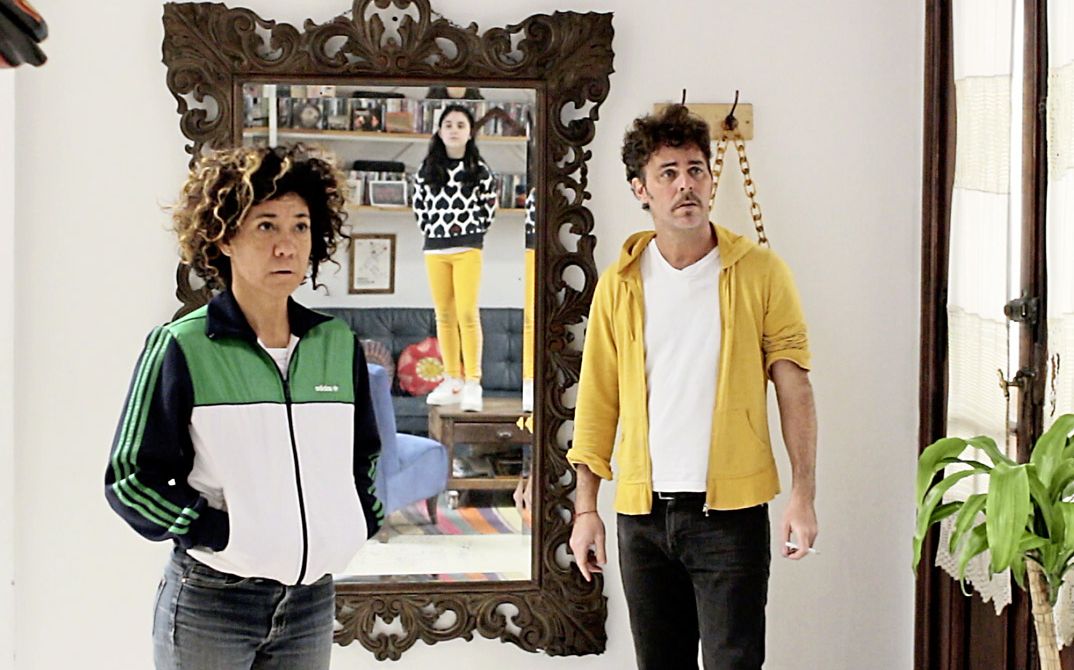In LA EDAD MEDIA, the new feature by Argentinian duo Alejo Moguillansky and Luciana Acuña, time captions flash up on screen, punctuating the action. “Some weeks later”, “Some time after”, “The next day”, “During these days”… There are so many of them, some specific, others vague, that they become almost meaningless in accumulation. But the film is about the experience of a family in lockdown, and the captions convey an oddly accurate impression of our experience of time in the Covid-19 era. When the world looks back at the lockdown days of 2020 and 2021 from a distance, perhaps the strangest aspect of this period will be the effect on our perception of time: the way we have become used to time passing, flowing forward inexorably if not purposefully, yet paradoxically also appearing to stand still.
Lockdown-era cinema has tended to function like a clock or a calendar. Particular films will tell us where we were when certain things happened: some will remind us where we were when we first realised that Covid was a global crisis (for many of us, it was during the 2020 Berlinale) or when we became wearily aware that, despite predictions, it would not be releasing its grip just yet (again, for many of us, while experiencing the virtual Berlinale of 2021 on our sofas).
“If I am what I do and I don’t do it any more, who am I?”
In some films, this recording of time is a primary purpose. But for many filmmakers working during lockdown, their essential goal was simply to carry on one way or another, despite the isolation, despite the abrupt closure of familiar resources and channels. Moving images had to be created regardless, even if it was only for the sake of proving that they could still be created. In LA EDAD MEDIA, a performer and director (Luciana Acuña, effectively playing herself) asks, “If I am what I do and I don’t do it any more, who am I?” For many filmmakers, the challenge was indeed to “do it”, under whatever restrictions—to make those restrictions at once the means of working and the subject. Lockdown spawned personal testimonies of domestic isolation, like comedian Bo Burnham’s TV feature INSIDE, or Mati Diop’s short IN MY ROOM, shot in her Paris high-rise apartment. The Zoom call—suddenly the universal means by which people could communicate, free from isolation while imprisoned in a grid of digital cage—offered a format for a new cinema povera, whether for genre purposes (online séance horror HOST) or as a way to reimagine theatre in the absence of live audiences (END MEETING FOR ALL by UK company Forced Entertainment).
